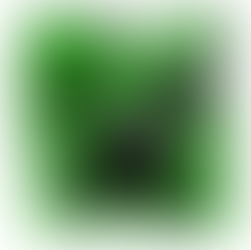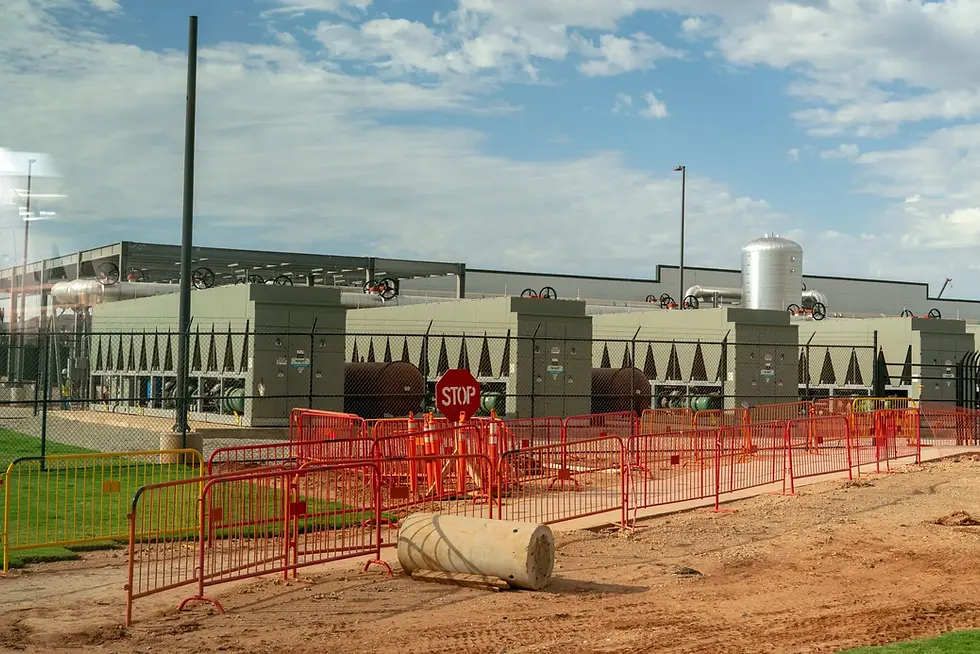Monotile Aperiodic Pixel Art
- Jose Arrieta

- Oct 26
- 3 min read
I like taking pictures. But one thing I always hated is that all cameras use Cartesian coordinates to store their data. Sure, tables are a simple way to store data. But they lead to problems.
Aliasing is the main problem. Whenever a pattern of lines gets close to alignment with the sensor, weird artifacts appear --Moiré patterns And, since as a society we have a crush on lines, these patterns appear often. Short fixes exist, but never a proper fix.
My solution was to use random sensor placement so that any line or regular periodic pattern would not affect the image. The problem was that, until two years ago, any aperiodic tiling required at least two distinct tiles. This meant some sensors would have a larger area than others, which would be complex.

Enter the einstein monotile. Better known as "hat". Hats have a cool background in citizen science. But what makes them a perfect solution is that they require the same figure to work, which is composed of straight lines. With it, we could solve aliasing forever. We would open a new problem: how can we build a lithography mask with lines at every angle inside?
Pixel Art
If you are my age, you remember low-resolution graphics. These highly pixelated graphics abound, even in the real world. All over, people paint businesses with multicolored squares to show how even them can paint in low resolution. See a common example below.
But, I always found this boring. So I thought of doing other tilings. What about a hexagon? Aren't they the bestagons? Or triangles? They hold weight better, no?
Well, all of these work, but have very similar problems. Triangles are too pointy and still lead us to either square or hexagonal patterns. Hexagons exhibit a tilted symmetry that causes aliasing and other issues. Still, for painting a restaurant, I would like people to use hexagons. They help us remember that the universe is not built of lines.
einstein
However, I kept my wish for an aperiodic tiling system that used a simple form. And in 2023, this came to pass. David Smith and colleagues discovered a family of figures that had this property. The most common is that the hat works perfectly for pixel art. However, after two years of waiting, I could not find anyone who had done it. This is my heavily AI-assisted try at this form of aperiodic pixel art.

The figure is harder to see. We need many more "pixels" to see an image than before. Where we needed 64 squares, I added many hundreds more to capture the image's nuance. I can make fewer forms, but the lack of periodicity makes things harder to observe.
CODA
Overall, I like the result, and I believe there is some value in being able to map two-dimensional flat space in an aperidic manner. For one, every hat has a number in my code. But I cannot point you to it in an intuitive way. We need to grow the image from the first form and keep adding more until we get the final form. There is nothing simple here. Without symmetry, we need relationships and paths. Not lines, and abstraction. I like this.
Code
Below, I attached all the code I used for this. No comments are given, though. But any LLM can understand it and tell you what is going on. They made it anyway. Well, except the part taken from Alexander Smolyanskiy's github repository.
With it, you can take any Cartesian image and get a pixelated version made of hexagons, triangles, and squares of different types. More importantly, you can get a mesh composed of hats. These are then used to infer the average color and fill in the blanks. Any image converted to hats.









Comments